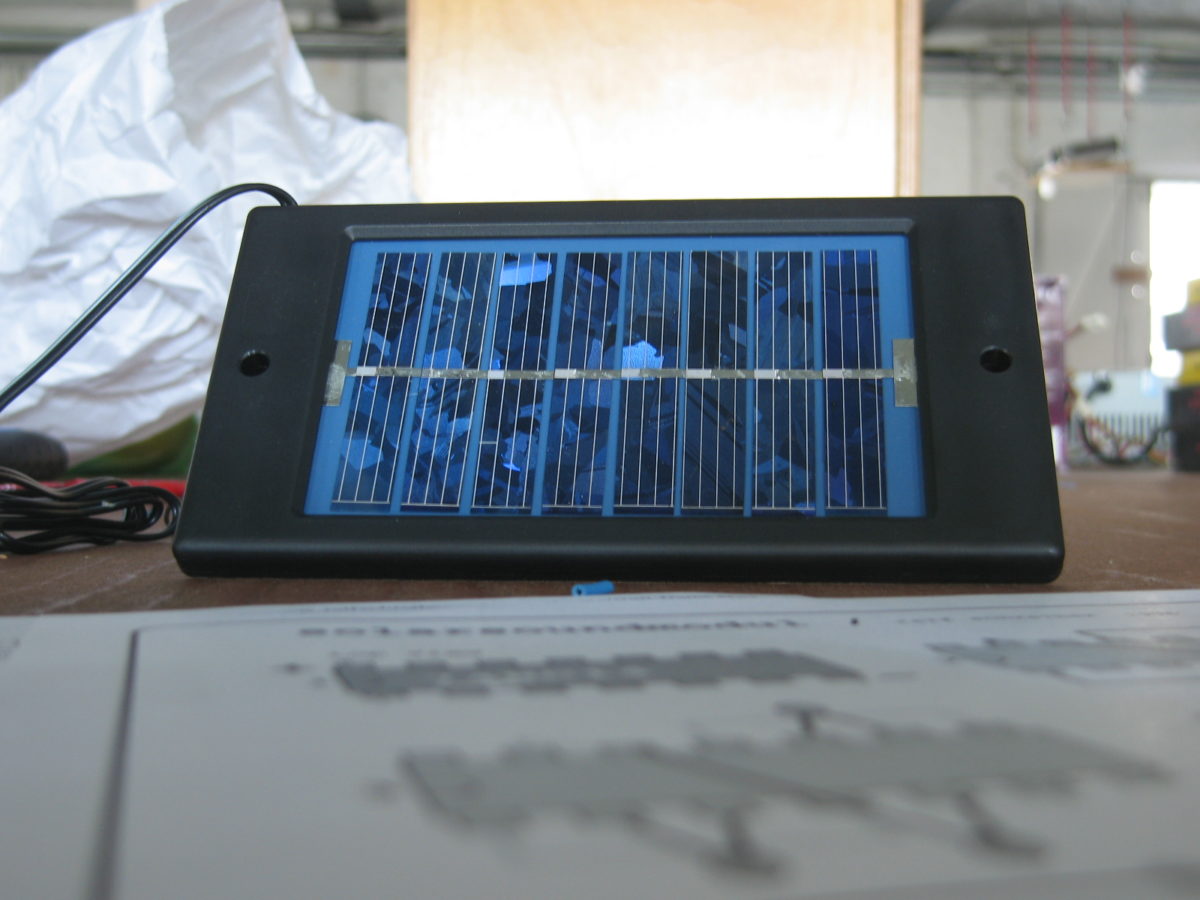From her slapdash home office, researcher Nastaran Meftahi has built an AI algorithm that can quickly and accurately assess potential PV materials, while shedding light on the ways in which sequences of chemical compounds combine to convert solar light into electricity.
Meftahi described the model in a paper that was published in Nature earlier this month. The model is now available to download for free from Github. For Meftahi, the decision to make the algorithms accessible to the public was a no-brainer.
“One of the greatest challenges of using a developed machine learning model for other scientists is the accessibility of the actual models. There are so many models available in the literature but in order to use them, you need to develop the model from scratch and that is not an easy task,” Meftahi told pv magazine Australia. “I wanted to make sure that anybody by a few clicks can have access to the algorithm that can predict PCE [power conversion efficiency] … if anyone can use our model to make better solar cells, the whole world benefits.”
It is only recently that attention has turned to organic photovoltaic (OPV) solar cells, which will be cheaper to make by using printing technologies. But sorting through the massive volume of potentially suitable chemical compounds that can be synthesised for use as OPV was a substantial barrier. It is precisely this issue that Meftahi’s model, which was developed with RMIT professor Salvy Russo and Professor Udo Bach’s team at Monash University, goes a way to solve.
Working model
To develop a solar cell device, there must be electron acceptor and electron donor materials. In the past, experimental scientists have had to manufacture devices, mixing different acceptors and donors one by one in the lab, and then measuring the photovoltaic properties. The task, unsurprisingly, requires tremendous time and resources.
The model can identify the combination of electron acceptors and donor materials with the highest PCE value. It can pick up fragments and show where efficiency increases and where it decreases. The new approach could help to significantly speed up the process of designing more efficient solar cells as the need for renewable energy grows.
Since the model was only published a few weeks ago, Meftahi has yet to receive any industry feedback. Fresh as it might be, she is already working on developing the model with a bigger data set. Currently the accuracy of the model sits between 70% to 80%, with R2 values of 0.72 and 0.83, achieved from a data set with 350 data points. Now, the RMIT researcher is working with a new data set consisting of 1,500 data points, using the larger and more diverse set to hopefully build an even more accurate predication.
Meftahi is hopeful she will be able to collaborate with her colleagues at the ARC Centre of Excellence in Exciton Science. Co-researcher Professor Dave Winkler of CSIRO’s Data 61, Monash University, La Trobe University, and the University of Nottingham all supported Meftahi in her work.
This content is protected by copyright and may not be reused. If you want to cooperate with us and would like to reuse some of our content, please contact: editors@pv-magazine.com.




By submitting this form you agree to pv magazine using your data for the purposes of publishing your comment.
Your personal data will only be disclosed or otherwise transmitted to third parties for the purposes of spam filtering or if this is necessary for technical maintenance of the website. Any other transfer to third parties will not take place unless this is justified on the basis of applicable data protection regulations or if pv magazine is legally obliged to do so.
You may revoke this consent at any time with effect for the future, in which case your personal data will be deleted immediately. Otherwise, your data will be deleted if pv magazine has processed your request or the purpose of data storage is fulfilled.
Further information on data privacy can be found in our Data Protection Policy.